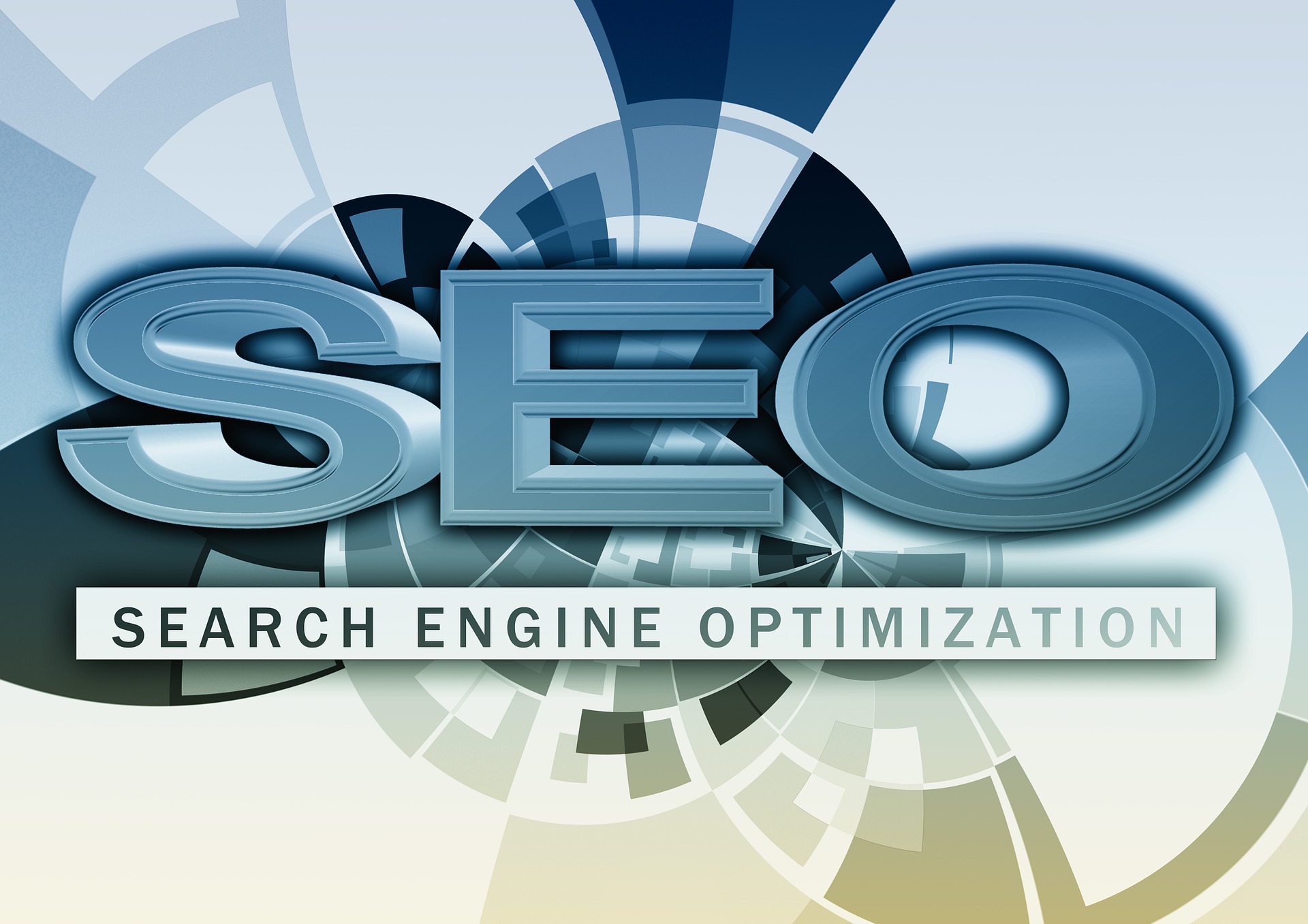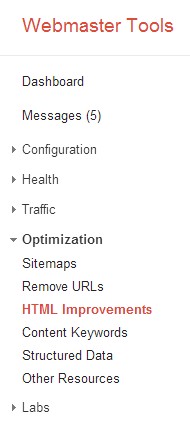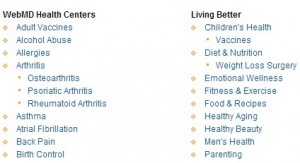
If SEO is an important marketing avenue for your ecommerce site, then you’ll want ensure that it’s healthy and free of any illnesses that might diminish your search rankings.
Although there are several factors that contribute to on-site ecommerce SEO, I will touch on three common ailments that you can remedy rather quickly.
1. Call-to-Action (CTA) Weaknesses
Driving traffic to your online store is only half the battle of ecommerce SEO. One of the most commonly overlooked aspects of on-site SEO is conversion rate optimization. This reflects how well your site facilitates sales conversions.
 The ever important call-to-action or “CTA” plays an immense role in conversion rate optimization. On most ecommerce sites, the primary CTA is the “add to cart” or “buy now” button, and unfortunately this simple element is a common weakness. Too often the “add to cart” option is buried low on product pages or is just not obvious enough to grab the eyes of visitors.
The ever important call-to-action or “CTA” plays an immense role in conversion rate optimization. On most ecommerce sites, the primary CTA is the “add to cart” or “buy now” button, and unfortunately this simple element is a common weakness. Too often the “add to cart” option is buried low on product pages or is just not obvious enough to grab the eyes of visitors.
In addition to the “add to cart” option, there’s countless ways to implement creative CTA’s throughout your ecommerce site. Take advantage of premium real estate throughout your site to showcase incentivizing offers and deals. Perhaps a graphic promoting a seasonal sale will allure customers and promote greater conversion rates. Take a look at other successful ecommerce sites and see what strategies they’re using.
2. The Duplicate Content Disease
I’ll be you’ve heard this SEO health concern before: “duplicate is bad for your SEO.”
Because ecommerce sites are often deep with hundreds and thousands of pages, duplicate content is a common disease that plagues many online stores. It can linger while showing no signs or symptoms, except for little SEO progression.
The most common concerns involving duplicate content are:

- duplicate page titles and Meta descriptions
- duplicate page copy (a popular issue with similar product pages.)
Fortunately, there’s a pretty easy process to diagnose any health issues concerning duplicate content. Start by visiting your site’s Google Webmaster Tools account. In the left-hand navigation links, click the “Optimization” link, then open the “HTML Improvements” page.
This page will notify you of the precise URL’s on your ecommerce site that have duplicate content in the page title and/or meta description. Based on this diagnosis, you should be able to change the content of one of the duplicating pages to be unique.
After you’ve fixed all pages that were flagged with duplicate content, I suggest re-submitting the XML sitemap in Google Webmaster Tools to get a fresh crawl of your site. If you’re continuously adding new products and pages to your ecommerce store, check-up on your Google Webmaster Tools from time to time to ensure your site is operating at optimal SEO performance.
3. HTML Sitemap Sickness
 The HTML sitemap is considered to be one of the most important pages of your ecommerce site. In essence, the sitemap is a reference source, or roadmap, for Google spiders to crawl and index the pages of your site. Without a complete and healthy sitemap, your ecommerce site could experience some SEO inefficiencies.
The HTML sitemap is considered to be one of the most important pages of your ecommerce site. In essence, the sitemap is a reference source, or roadmap, for Google spiders to crawl and index the pages of your site. Without a complete and healthy sitemap, your ecommerce site could experience some SEO inefficiencies.
Sitemap sicknesses stem from a number of reasons:
-
- failing to update the sitemap with newly added pages
- not using keyword-relevant anchor text for links on the sitemap
- not properly linking the actual sitemap throughout the website
Many sitemaps are automatically generated based on CMS software (or a content management system.) This all good, so long as the pages are auto-generated with keyword-relevant anchor text (which is imperative for on-site SEO.)
Also ensure that the HTML sitemap is linked on all pages throughout the site. Some of the best areas to link the sitemap are in a site-wide footer or set of navigation links. The idea is to have this ‘reference source’ easily accessible when a Google spider hits your website.
These are just a few common health concerns that can hinder SEO performance. Managing an ecommerce site can be a cumbersome endeavor, and SEO might not be a top priority. Nonetheless, you can take advantage of free SEO audit at ClickCentricSEO.com. I will personally assess any health issues surrounding your ecommerce site and offer my professional recommendations to help progress your SEO efforts.

